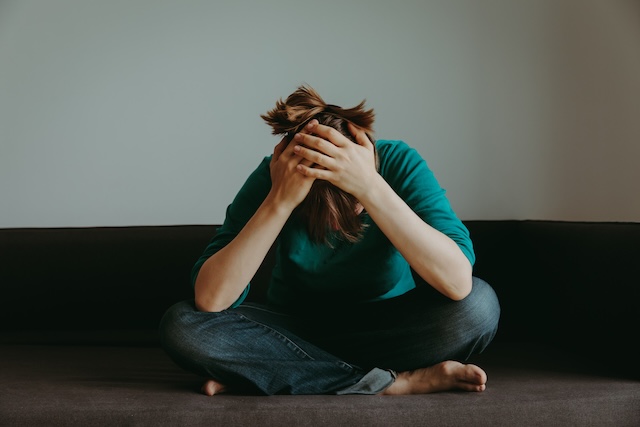Column: The new face of poverty in Oregon
Published 12:00 am Friday, February 21, 2014

- ORIG./ The Bulletin employee in The Bulletin studio in Bend Wednesday morning 10-30-13. Andy Tullis/The Bulletin ORIG./ The Bulletin employee in The Bulletin studio in Bend Wednesday morning 10-30-13. Andy Tullis/The Bulletin
I met a woman at the grocery store earlier this week.
For the first time in her life, she was purchasing food with an Oregon Trail Card, which the state gives its SNAP — Supplemental Nutrition Assistance Program or food stamps — recipients.
She is, I think, a woman of about my age, in her early- to mid-60s, and for the last couple of years she’s been struggling financially. She also is, a Portland bankruptcy lawyer told me a couple of years ago, the new face of poverty in Oregon, if not in the nation as a whole.
She is almost surely single, and she may have lost her house during the recently ended recession. If she did, she likely spent way too much money trying to save it before she finally gave up. That, in turn, may have left her with a mountain of debt to pay and the desire to pay it.
Of the 59,224 households in this congressional district that were SNAP beneficiaries in July of last year, nearly a quarter were homes with people over 60 in them. Half had children under the age of 18 and all but 20 percent had one or two people with jobs at some point during the year. Nationwide, the Congressional Budget Office said a couple of years ago, about three-quarters of all SNAP households included a child, someone over 60 or a disabled person. About half were single-member households.
It would be easy to argue, as some do, that this woman and perhaps many other SNAP recipients should go find a better job, a second job or get the education required to get a better job. It’s not as simple as that, however.
Age discrimination is illegal in this country, but in the era of online job applications, a complete job history gives a potential employer a reasonable guess about how old a worker is without even having to lay eyes on her. And, unfortunately, I know, at least anecdotally, that the nearer 60 one is, the less interested many employers are in considering him or her a viable job candidate.
Meanwhile, the unemployment rate in Central Oregon ranges from a low of 8.9 percent in Deschutes County to a high of 11.2 percent in Crook County. Both figures are bad; both are substantially lower than they were a couple of years ago. And both mean that competition for available jobs is reasonably stiff.
Further education is not a panacea for all. It takes money to go to school — and the very eligibility for SNAP pretty much assures that money is in short supply.
Then there’s this: In a recent survey of the hungry in America, 23 percent of respondents had already attended college or technical programs. Education is good; it does not guarantee a person will be able to avoid poverty, however.
And there’s no getting around the fact that a single woman, no matter what her age, is more likely to be poor — and thus need SNAP — than a man. If the woman is age 65 or older, her chances of living in poverty are more than 11 percent; a man’s are about 6.5 percent.
Women are more likely to stay home with children, if anyone in the family does, for one thing. And even a few years out of the job market makes it more difficult to get back in. At the same time, women are paid less for doing the same work that men are. In Oregon, a woman can expect to make only about 79 percent of what a similarly employed man will make.
SNAP isn’t the be-all-to-end-all when it comes to fighting poverty or even just hunger. Rather, it is recognition that in this country some people simply cannot afford to feed themselves every day. That inability is called food insecurity, and in a nation with as much agriculture as this one, it’s a shame.
Nor can private charity possibly erase it. Food insecurity is too widespread; there simply aren’t enough churches, synagogues and mosques to get the job done. That leaves only the government to tackle the problem.
That’s where SNAP comes in. It can be the difference between going to bed hungry a couple of nights a week or having enough to eat. That alone makes it valuable, I think. I am sure the woman I met at the store the other day would agree.
— Janet Stevensis deputy editor of The Bulletin.






